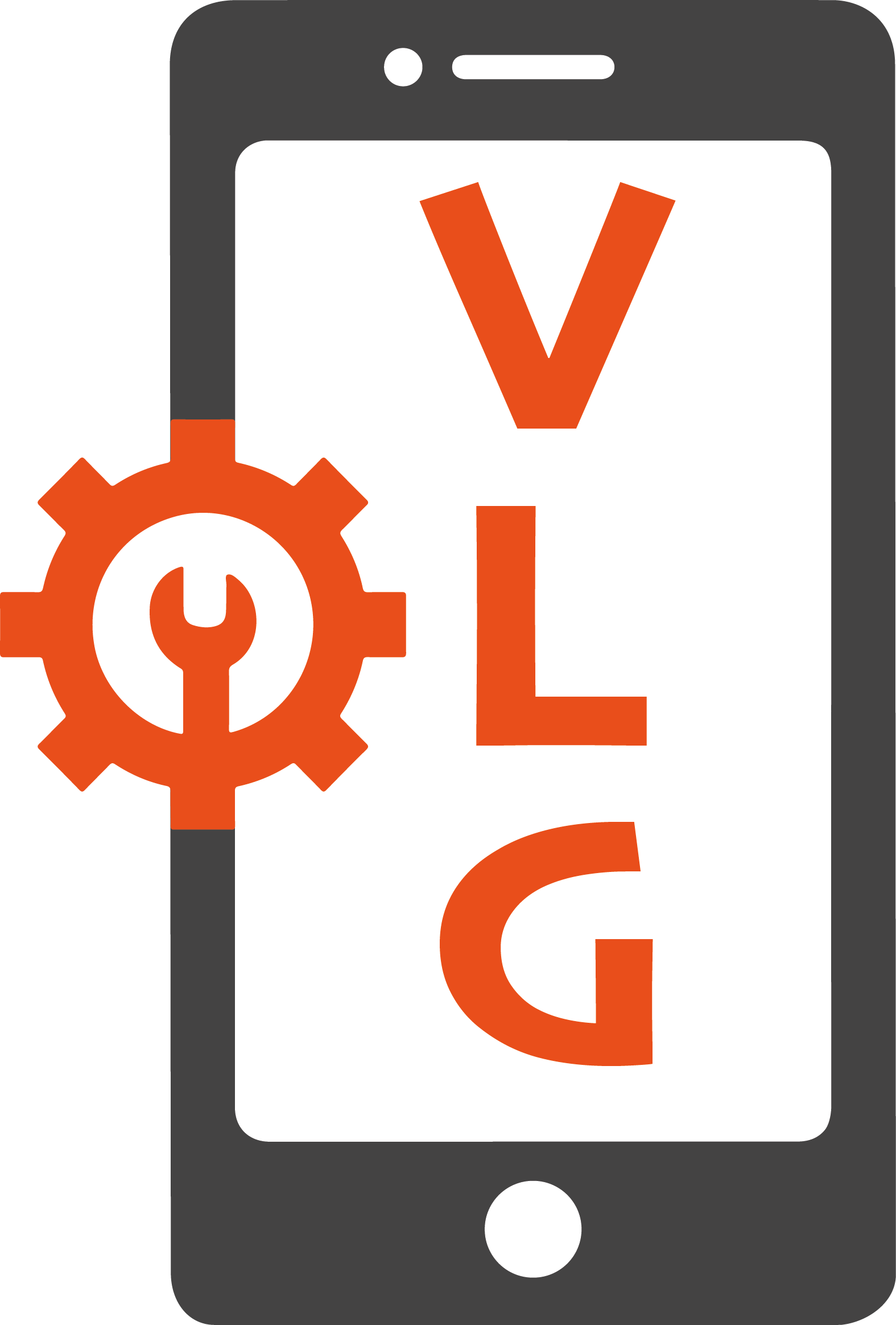Technology has transformed the way we live, work, and connect with the world. From the invention of the first computers to the rise of smartphones, the history of technology is a fascinating journey of innovation and progress. Let’s explore how computers and phones have evolved over the decades, shaping the modern era.
The Dawn of Computers
The story of modern computing began in the mid-20th century. Early computers like the ENIAC (1945) were massive machines occupying entire rooms. These devices were primarily used for military calculations and scientific research. By the 1960s, advancements in technology led to the development of smaller, more powerful computers, such as IBM’s System/360, which introduced the concept of compatible software and hardware.
The 1970s marked a turning point with the advent of personal computers (PCs). The introduction of the Apple II (1977) and IBM PC (1981) made computing accessible to businesses and households. This era also saw the rise of software innovations, including operating systems like Microsoft DOS, which paved the way for user-friendly interfaces.
The Internet Revolution
The 1990s brought the internet into the mainstream, revolutionizing communication and information sharing. Computers became gateways to a vast digital world, enabling email, websites, and online services. Innovations like the World Wide Web, introduced by Tim Berners-Lee in 1989, transformed the internet into a global phenomenon.
The rise of laptops in the late 1990s and early 2000s further enhanced mobility, allowing users to work and communicate on the go. This period also saw the emergence of groundbreaking software like Microsoft Windows and Office, which became staples for personal and professional use.
The Birth of Mobile Phones
While computers were becoming household essentials, mobile phones were making their debut. The first mobile phone call was made in 1973 using a Motorola DynaTAC prototype. These early devices were bulky and expensive, making them accessible only to a select few.
By the 1990s, mobile phones became more compact and affordable. Iconic models like the Nokia 3310 gained popularity for their durability and reliability. Text messaging (SMS) also emerged as a new way to communicate, setting the stage for the mobile revolution.
The Smartphone Era
The introduction of the iPhone in 2007 marked the beginning of the smartphone era. Combining the functionality of a computer with the convenience of a mobile phone, smartphones quickly became indispensable. Touchscreens, app stores, and advanced cameras redefined what a phone could do.
Android devices soon followed, offering a wide range of options for consumers. Smartphones became essential tools for everything from navigation and social media to productivity and entertainment. The rapid development of 4G and 5G networks further enhanced their capabilities, enabling seamless streaming and real-time communication.
Convergence of Technology
Today, the lines between computers and phones are increasingly blurred. Tablets, hybrid laptops, and wearable devices have created a seamless tech ecosystem. Cloud computing and artificial intelligence (AI) further enhance the functionality of both computers and smartphones, making them more powerful and interconnected than ever.
The Environmental Impact
As technology advances, concerns about electronic waste and sustainability have come to the forefront. Repair initiatives, such as the “Right to Repair” movement, and the development of modular devices aim to reduce the environmental footprint of our tech-driven lives.
Conclusion
The history of computers and phones is a testament to human ingenuity and the desire to innovate. From room-sized machines to pocket-sized smartphones, technology has transformed the way we live and connect. As we look to the future, the possibilities for new advancements are endless, promising to shape the world in ways we can only imagine.
